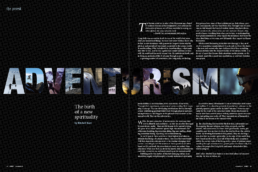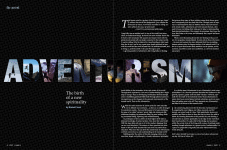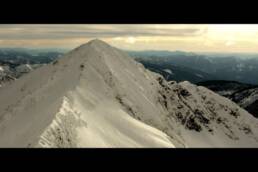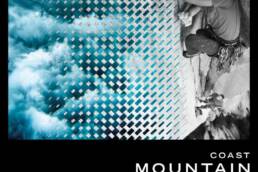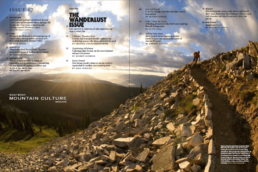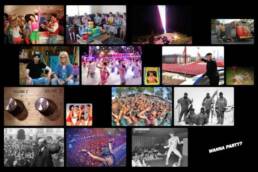For centuries human beings have broken complex realities and concepts into groupings of four called quaternities. Quaternities enable us to understand ideas like direction: north, south, east, west; elements: earth, fire, wind, water; or colours: red, blue, green, yellow. The quaternity is a simple, inherently balanced, easily understood, universally occurring model for how things work. Not to mention, the number 4 is a real beauty.
Somewhere back in the 13th century, a group of European noblemen, known as The Knights Templar, employed the idea of the quaternity to explain their root philosophies. When considering what morals were necessary for peace and harmony in a then dark medieval world, the Knights Templar came up with four characters to define the human experience. Often credited with enabling the beginnings of modern civilization, the Knights established the idea of the Banker, the Warrior, the Priest and the Healer in an effort to help guide their efforts in nation building. In each there lay the primary motivations of human action, that when considered in concert, provided the balance necessary to create societal harmony.
On the horizontal axis was the Warrior, the spirit who fought for what you believed in. It was decided these acts of independence and brevity should be balanced with the capacity to be the Healer, one who cared for the injured, the afraid, and recognized and enabled the connection among the whole. On the vertical axis was the Priest, the spiritual self, who needed to be balanced with the Banker, the material business person in us all, the one who ensured that systems and motivations were in place to keep trade and commerce running smoothly and efficiently. The Knights Templar physically created their quaternity in one of the most ubiquitous symbols in human history: the evenly balanced cross, the ubiquitous symbol of the Crusades, an icon still visible today in the Union Jack. The perfect human or society would want be somewhere near the center point of this cross, a balance of each character.
To answer the question “What is Adventure?” we’ve employed the idea of the quaternity. Adventure means many things to many people. It weaves through the entire human experience, from swimming in the deep end of the community pool, to exploring a new land for the very first time. The ideas of the Knights Templar serve as a good framework for exploring the true meaning of adventure. For in adventure lay the Warrior, the Priest, the Banker and the Healer. In a culture like mountain culture, adventure serves a sedimentary root. It’s how we got to live here, it’s why we live here, it is both a resource and a source of understanding. To love it, to watch it grow, to see it flourish, it might help to understand where it came from, and ultimately, where it is heading.
Mitchell Scott
Mitchell Scott is the Editor-in-Chief and co-publisher of Kootenay Mountain Culture Magazine.
Related Stories
Four Seasons
Nelson Kootenay Lake's Tourism has released a beautiful little short film about our region. Created by local director…
New Summer Issue of Coast Mountain Culture Days Away
It's at the printer getting printed, and we can't wait to drop our first ever summer edition, the Versus Issue. Stay…
Adrian Marcoux’s Deep Summer Slideshow
He's from Golden and he takes amazing photos. Here's Adrian Marcoux's super rad Saint Deep Summer Photo Challenge…
History of Ski Aerial Acrobatics
One of the most influential ski films of all time. Dick Barrymores documents what started freestyle skiing. From 1969…
Time to Party! – New KMC Summer Edition Almost Here!
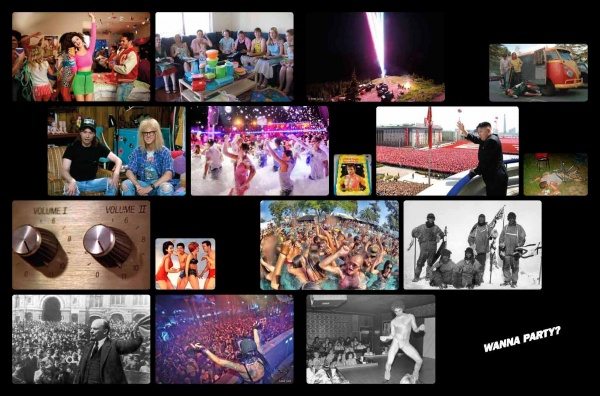 UNCODE.initRow(document.getElementById("row-unique-4"));
UNCODE.initRow(document.getElementById("row-unique-4"));
Like free gear? Like winning contests? Like avoiding work by watching awesome curated videos and content? Subscribe to our bi-weekly newsletter below:


